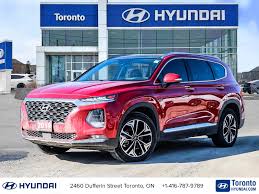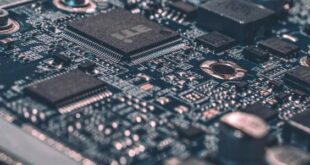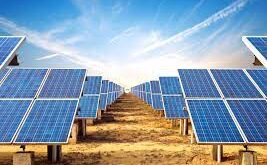Hyundai will seek to “popularise hydrogen” by 2040 with a raft of initiatives aimed at positing the fuel as an alternative to all-out battery electrification, and not just in the private vehicle sector.
Following on from yesterday’s wide-reaching commitment to making its vehicle fleet all-electric in Europe in 2035, and globally by 2040, Hyundai has voiced a commitment to mass producing hydrogen fuel cell electric cars and commercial vehicles (FCEVs).
Further to that, the company estimates FCEVs will be similarly priced to battery-EV equivalents by 2030.
Leading the hydrogen charge in the passenger sector will be a new hybrid sports car referred to at concept stage as the Vision FK. Previewed as part of Hyundai’s hydrogen strategy presentation, it is claimed to pack more than 671bhp, accelerate from 0-62mph in less than four seconds and achieve a range of more than 373 miles.
Unusually, the Vision FK pairs its hydrogen fuel-cell stack with a Rimac-developed battery-electric powertrain driving the rear wheels, which would make it the first car to use both systems, assuming it makes production unchanged.
Hyundai has previously suggested future models from the N performance division would adopt hydrogen powertrain solutions, and the Vision FK concept is the first physical sign that they will indeed, “use a combination of both” battery and hydrogen power sources, as suggested by N boss Albert Biermann earlier this year.
No date for the car’s production has yet been given, nor has Hyundai given an indication of such a system’s potential for a roll-out to other models, but given recent sightings of a prototype for the upcoming Ioniq 5 N, it’s clear both battery and hydrogen power will be crucial to the brand’s electrification plans.
Indeed, a brand spokesperson at the Munich motor show yesterday said: “We’re committed to both battery and fuel cell technologies. EVs like Ioniq 5 can take long journeys with short recharge times,” so can FCEVs, which means “they don’t need big heavy batteries.”
Hyundai had earlier confirmed plans to heavily update the existing Nexo crossover – one of just two mainstream passenger EVs on the market – in 2023, before launching a pair of new standalone FCEVs by 2025, but now Hyundai has detailed the upgraded hydrogen powertrain that will underpin this shift in focus to hydrogen.
The third-generation fuel cell stack – following on from the first in 2013’s low-volume ix35 SUV and the second iteration in today’s Nexo – will be available in two power outputs: 134bhp and 268bhp, the former of which is claimed to be 30% smaller than the system currently in use. It will therefore, Hyundai said, be readily usable in a wide variety of vehicle types, while the 200kW version is geared towards exclusively commercial applications.
More significantly, the third-generation stack promises a significantly longer usable life compared to today’s system; Hyundai estimates the Nexo’s current powertrain is capable of 5000 hours or 100,000 miles of usage, but the new system is projected to boost those figures by between 50% and 100%, with the ‘high durability’ versions capable of some 310,000 miles of use – nearly double the warranty mileage of a combustion-powered Hyundai model.
The 100kW unit is also usable as part of a much larger power system, with a modular arrangement capable of providing up to 1MW of power in large ships or even, says Hyundai, for IT companies. In smaller commercial applications, such as MPVs, buses and trams, its height can be reduced by 25cm to enable more flexible fitment solutions and thereby maximise usable interior space.
With this new stack in operation, Hyundai has confirmed each of its commercial vehicles will be offered with a fuel cell electric (FCEV) powertrain by 2028.
This ambition, it says, will make Hyundai the “first global auto maker to realise such ambitions for commercial vehicle transportation and will further help facilitate the transition to sustainable mobility”. It is already set to be first to market with a hydrogen-powered HGV – the Xcient – in 2023, and is expanding on its first-mover position by unveiling new concepts that could cement hydrogen as the primary fuel used by the commercial vehicle sector.
The ‘trailer drone’ concept, for example, is a hydrogen-powered container transportation system which can operate fully autonomously for distances of more than 620 miles. This concept is no mere evolution of the hydrogen technology used in Hyundai’s passenger cars, but rather a result of extensive engineering work to “redefine how a container manoeuvres”.
In essence, the system centres around a hydrogen-fuelled ‘bogie’ which sits underneath the container – much like a rail freight carrier – and moves the container autonomously through shipyards and ‘tight urban environments’. It is capable of four-wheel steering, can move side-to-side and can be mated with other units to form a sort of ‘train’.
By 2040, the brand predicts, hydrogen will not just be used in mobility solutions, but also as a power source in various other industries and sectors.

 Iran Energy News Oil, Gas, Petrochemical and Energy Field Specialized Channel
Iran Energy News Oil, Gas, Petrochemical and Energy Field Specialized Channel



